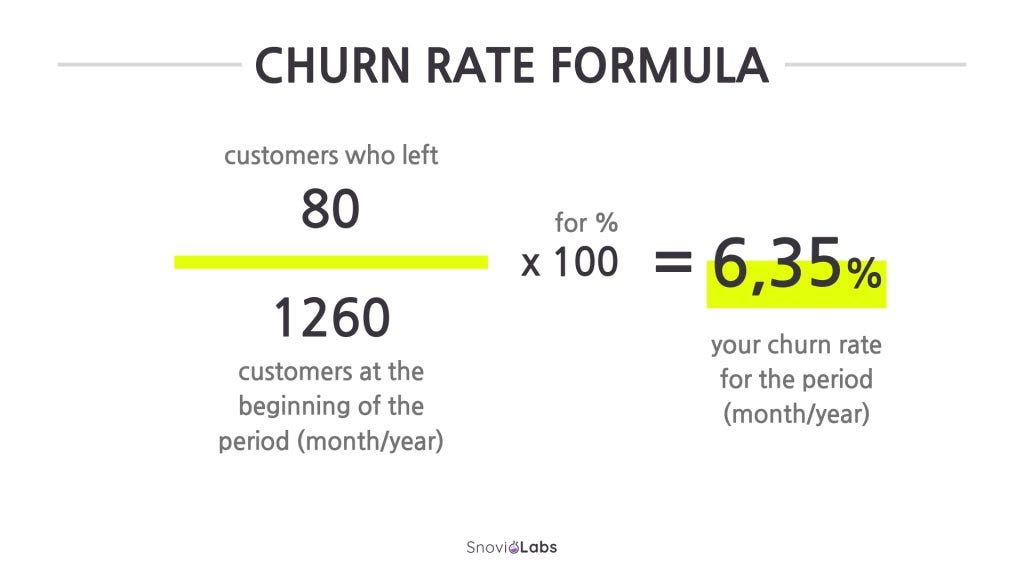Habits of the top 0.01% of product innovators
+ Metrics PMs should know like the back of their hand
Habits of the top 0.01% of product innovators:
1. Start with a problem, not a technology
2. Make sure a lot of people care about it
3. Listen to customers with good judgment
4. Invent on their behalf
5. Question requirements
6. Use your product often
7. Marry product with process
1. Start with a user problem, not a technology
Innovator: Steve Jobs
“You’ve got to start with the customer experience and work backwards. You can’t start with the technology and figure out where you’re going to try to sell it.”
2. Make sure a lot of people care about the problem
Innovator: Melanie Perkins (co-founder of $36B Canva)
“Solve a problem that a lot of people care about. It’s the cheapest way to have your product marketed. People love your product & tell friends.”
3. Listen to customers with good judgment
Innovator: Patrick Collison
“Spend a lot of time getting to know which customers have good judgement about your product. 70% of our new product ideas comes from listening to customers with good judgement.”
4. But also invent on behalf of customers
Innovator: Jeff Bezos
“Customers don’t know what they want. But they are wonderfully dissatisfied. So, invent on their behalf.”
5. Question requirements and remove steps
Innovator: Elon Musk
“Follow a 5 step process for product development:
1. Make requirements less dumb
2. Try to skip the part or process step
3. Simplify / optimize
4. Accelerate cycle time
5. Automate
Never go backward.”
6. Use your product often
Innovator: Jessica Livingston (co-founder of Y Combinator)
“When you’re using your own product or solving your own problem, you have all these insights no one else has. Airbnb’s founders were renting out their own apartment.”
7. Marry product with process
Innovator: Travis Kalanick
“The roadmap for product has to dovetail with the roadmap for the process. You push a button and a car appears in 5 minutes. That feels magical but how you make that happen is complex.”
10 metrics every PM should know like the back of their hand
As a PM, you don’t just need to KNOW metrics. You need to MOVE metrics.
To do that, you need to know their “catches” & “gotchas.” You must understand how they are calculated.
Metrics are powerful when used well. And destructive when wielded badly.
Let’s get mathy.
1. Conversion Rate (CVR)
Use: funnel optimization
Formula: % of users who make it from one step to the next
It’s important to identify the particular steps of the funnel a conversion rate measures. Conversion rate can be explained at a specific step or overall.
2. Cost per Acquisition (CPA)
Use: Marketing optimization
Formula: Budget / New Acquisitions
It’s important to clarify the attribution method: is it last click, last view, incremental, or something else? Acquisitions can refer to users or paying customers.
3. Lifetime Value (LTV)
Use: improving LTV/ CPA ratio
Formula: Order value × purchase frequency × lifetime
It’s important to understand if order value is calculated by revenue or profit. Some people also deduct CPA. It can be calculated overall, or for a product.
4. Contribution Margin (CM)
Use: Translating revenue to profit
Formula: revenue - variable costs
It’s important to understand what costs and revenue line items are in & out. It can be calculated for a product or overall.
5. Customer Retention Rate
Use: preventing a leaky bucket through product optimization
Formula: (customers at end - acquired) / customers at start
It’s important to understand the timeframe for retention. It can be over any timeframe. Many people look at curves by day.
6. (Net) Revenue Retention Rate (NRR)
Use: revenue optimization
Formula: (start revenue + upsell - downgrades - churn) / start revenue
It’s important to understand the start and ending dates. It can be spiky over short timeframes. Most people calculate net. Some gross.
7. Churn
Use: preventing a leaky bucket by removing drivers of churn
Formula: Canceled / customer base
It’s important to understand the timeframe. It can be calculated with or without additions. Churn can look worse over long timeframes if you don’t consider net adds.
8. Active Users (AUs)
Use: engagement optimization
Formula: users who do X in the app in a day (DAU) or month (MAU)
It’s important to clarify what X is. Sometimes it is those who open. Other times transact. Or even play. Epic Games looks at >1s playtime.
9. Customer Satisfaction (CSAT)
Use: customer service & core feature optimization
Formula: satisfied customers / total
It’s important to make sure it’s only looking at satisfied %, not the average satisfaction.
10. Net Promoter Score (NPS)
Use: Quantify customer love
Formula: promoters % - detractors %
It’s important to make sure it’s calculated as the subtraction, not as a weighted average. It can be calculated for a product or a brand.











Hi,
I am not clear on few arguments in the Revenue retention Rate formula, i.e-Upgrades, Downgrades, Churn.
How would these arguments be quantified?